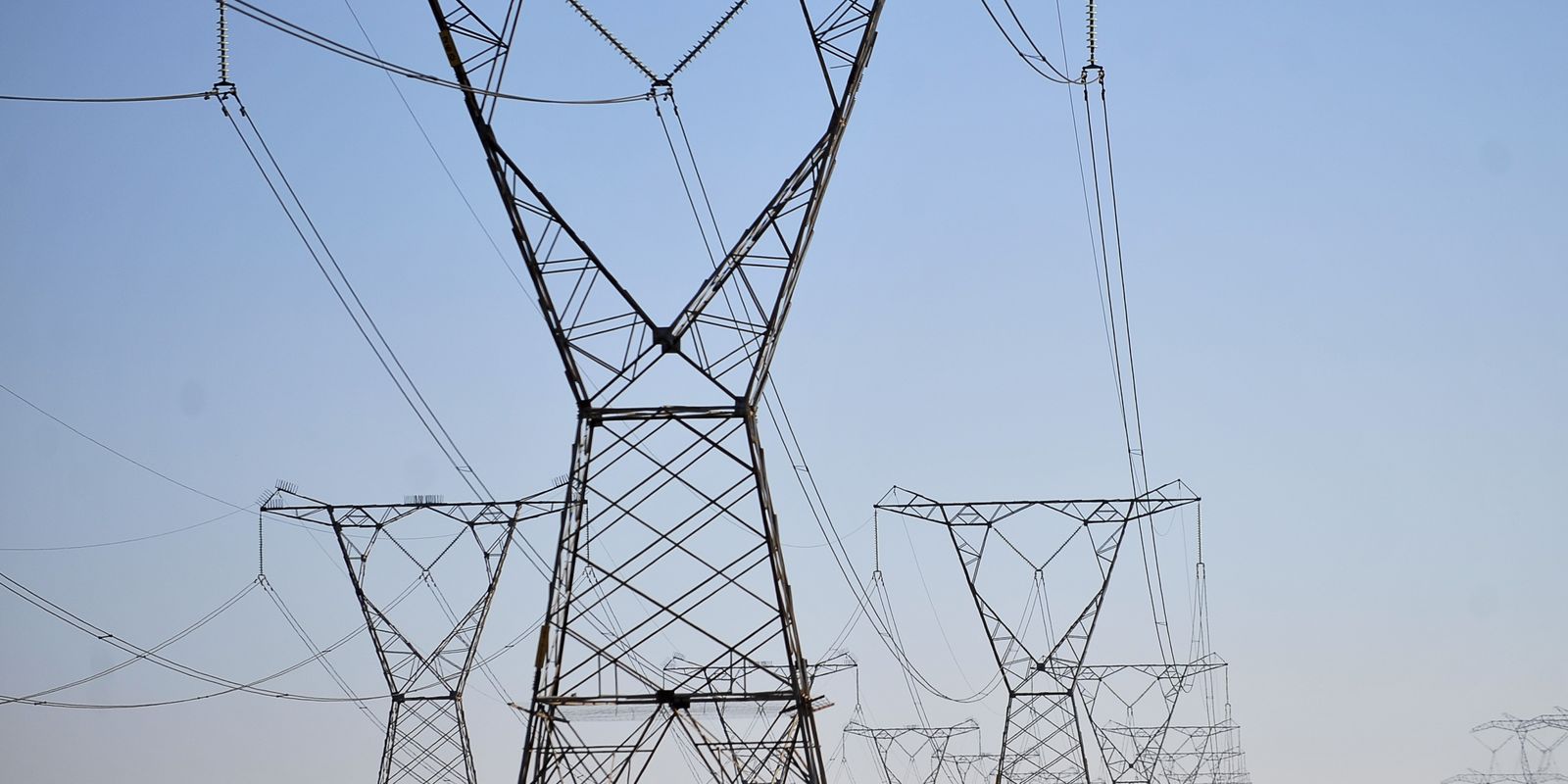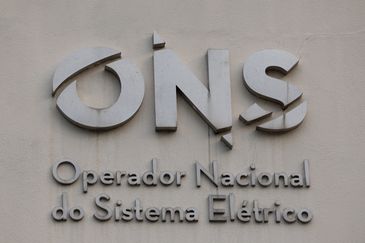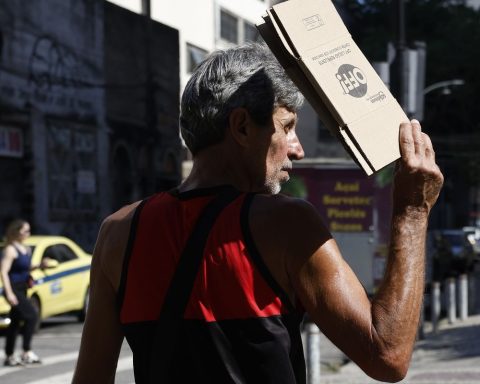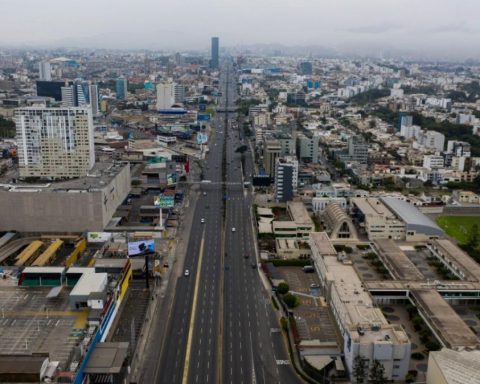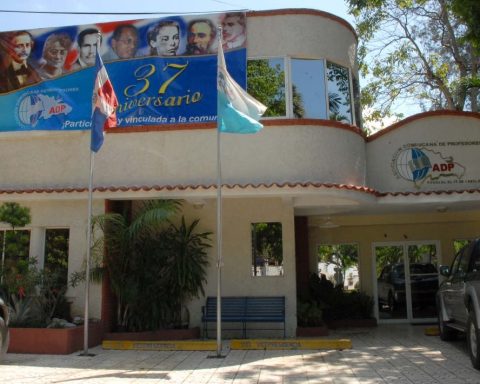The adoption of daylight saving time could result in a reduction of up to 2.9% in the maximum demand for electricity, and in savings of around R$400 million for the operation of the National Interconnected System (SIN) between the months of October and February alone. The estimate is included in a technical note released by the National Electric System Operator (ONS).
According to the study, the change in Brazilian time during the summer would result in a “reduction in the cost of thermoelectric fuel, for the period from October/2024 to February/2025, of R$356 million in the worst hydrological scenario and R$244 million in the best hydrological scenario”, the document details.
“In terms of contracting capacity reserves, based on the results of the 2021 Capacity Reserve Auction, the annual savings, in terms of payment of fixed revenue to the projects that won the auction, was around R$1.8 billion per year,” he added.
Peak time
Furthermore, it would result in greater efficiency of the SIN in serving peak consumption times, especially between 6pm and 8pm. “It is during this period that the system needs to deal with the challenges of the exit of centralized solar generation and distributed micro and mini generation and the increase in energy demand,” says the technical note, explaining that historical data shows that the positive impact is especially felt in the Southeast/Central-West and South subsystems, in addition to the SIN.
“The practice has proven effective in mitigating load growth between 6pm and 7pm, critical times for the system. However, after 8pm, growth resumes, thus extending the ramping process,” he added.
The ONS considers that, when assessing the impact of the practice on energy consumption, it was found that the impact at some times of the day is ineffective in reducing the average daily load. However, “significant reductions were also found on weekdays, Saturdays and Sundays, under different temperature conditions” at times of maximum nighttime demand.
